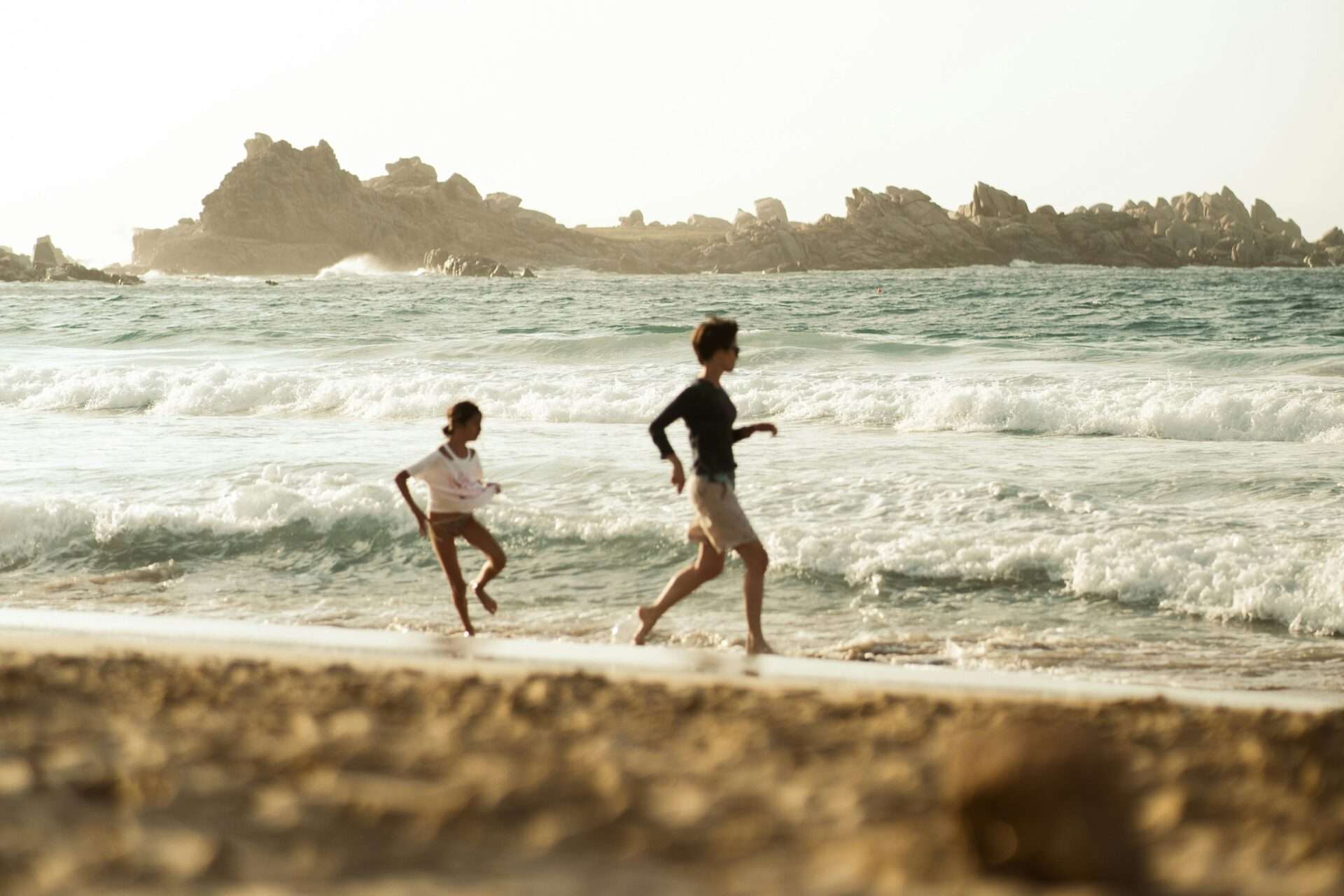Why Beach Running Is Worth Trying
Running on the beach offers a refreshing twist on traditional workouts. It combines physical intensity with scenic beauty, making it both challenging and therapeutic. The sandy surface activates more muscle groups, enhances balance, and promotes mental clarity—all while giving your joints a break from harder surfaces.
Key Physical Benefits
Stronger Muscle Engagement
- Core Stability: Sand’s shifting surface activates your core for improved balance and strength.
- Leg Power: The resistance of sand targets quads, hamstrings, and calves more than pavement running.
- Foot and Ankle Strength: The uneven terrain forces smaller stabilizer muscles to engage.
Higher Calorie Burn
Running on sand burns up to 1.6 times more calories than road running. This is due to the added resistance and muscle effort required, particularly in loose or dry sand. It’s a time-efficient way to torch fat and build endurance.
Low-Impact Joint Protection
The cushioning effect of sand absorbs impact, reducing stress on knees, hips, and ankles. It’s an excellent option for injury recovery or joint sensitivity, offering a gentler alternative to pavement.
Risks and How to Minimize Them
Common Challenges
- Increased risk of sprains or strains due to uneven terrain
- Greater muscle fatigue and soreness, especially in calves
- Potential imbalance if running consistently on a sloped shoreline
How to Stay Safe
- Alternate running directions to prevent muscle imbalances
- Start with short runs and increase gradually
- Stick to flatter, firm wet sand if you’re a beginner
Choosing the Best Sand
Wet Sand vs. Dry Sand
Wet sand near the shoreline offers more stability and less resistance, ideal for beginners. Dry sand, while more demanding, provides a tougher workout that challenges your strength and endurance.
Smart Surface Strategy
Mixing both wet and dry sand during your run can maximize benefits while reducing strain. Begin your session on firmer sand, then progress to looser areas for short intervals as you gain strength.
Essential Gear and Safety Tips
- Footwear: Choose between barefoot or protective shoes depending on surface conditions.
- Hydration: Always carry water—beach conditions often mean higher heat and faster dehydration.
- Sun Protection: Apply SPF 30+ sunscreen, wear sunglasses, and use a visor or hat.
Getting Started as a Beginner
Ease Into It
Start with 15–20 minute runs on firm sand and build gradually. Increase no more than 10% in distance weekly to avoid overuse injuries.
Listen to Your Body
Monitor your energy levels, joint response, and any soreness. Rest days are vital for recovery and adaptation.
Conclusion
Beach running offers a unique full-body workout that’s both physically rewarding and mentally rejuvenating. With proper planning, gradual progression, and the right gear, it can become a safe, powerful addition to your training routine. Whether you’re aiming for weight loss, strength gains, or a mental reset, hitting the sand might be just what you need.



